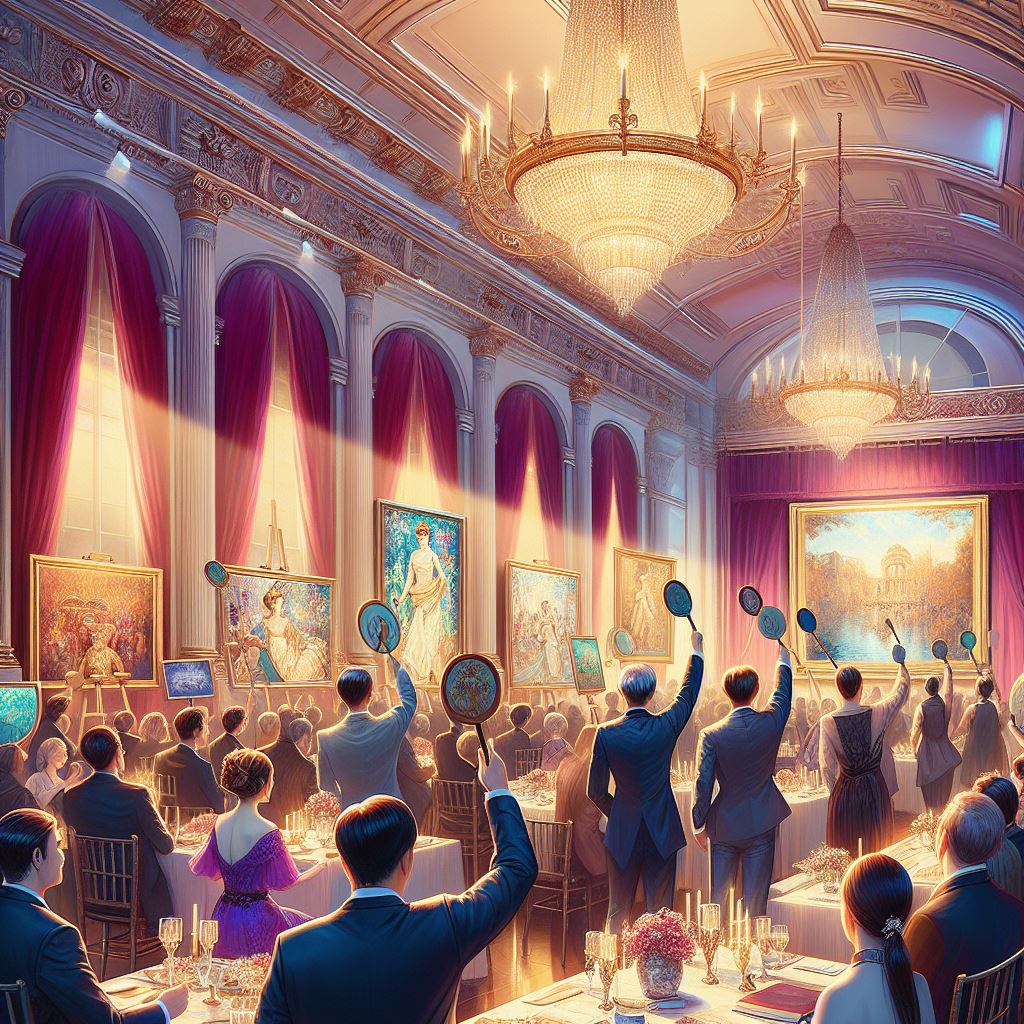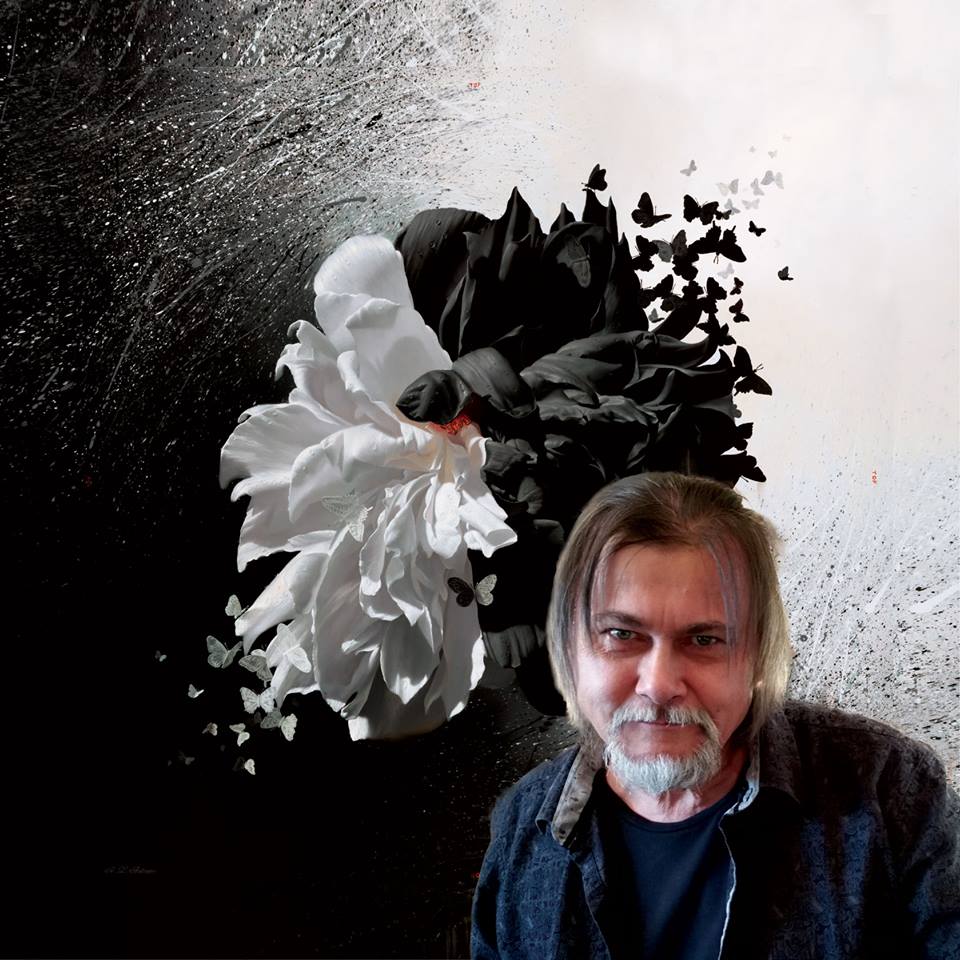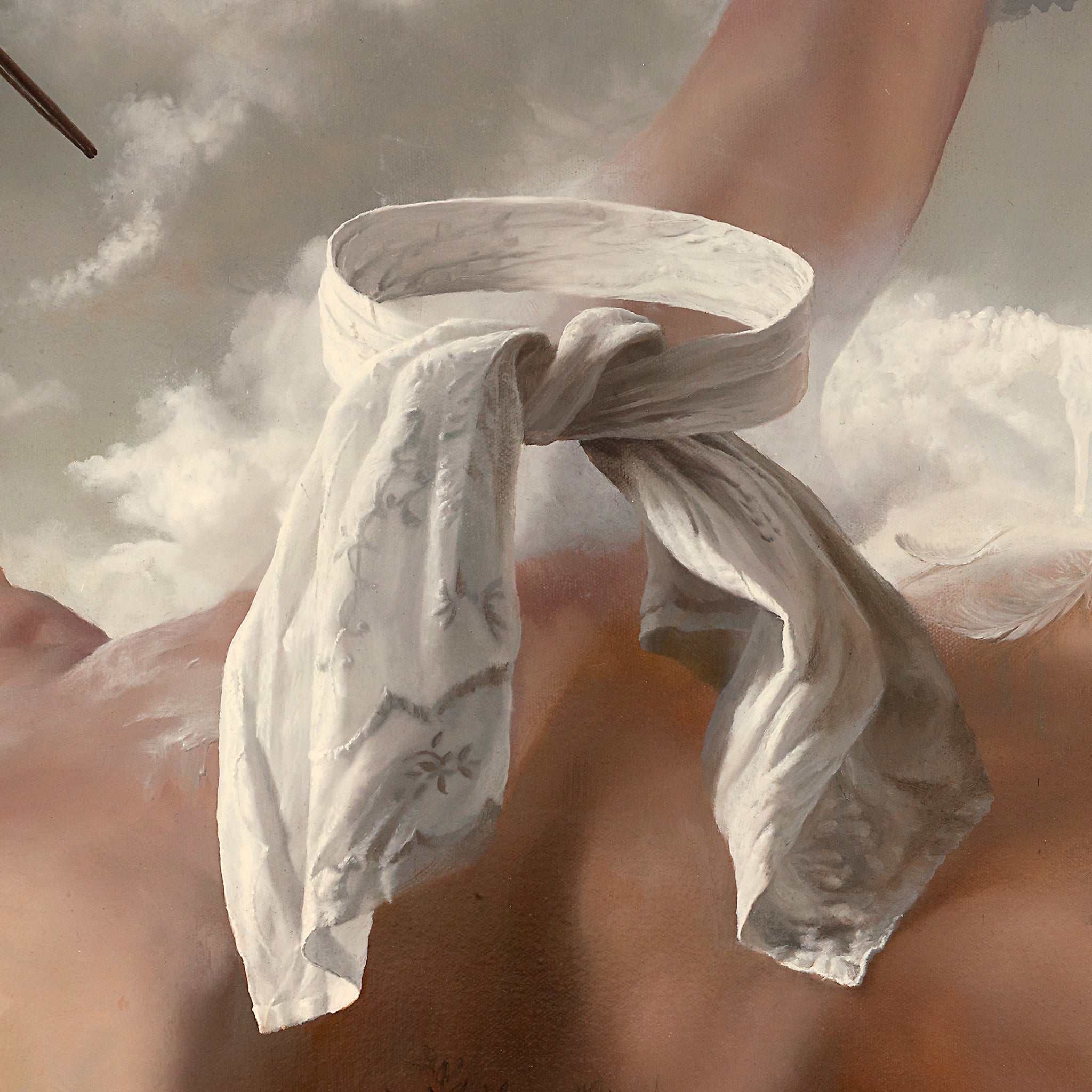You ask-We answer
Shipping
The buyer is responsible for covering shipping costs.
Buyers typically pay for shipping insurance to protect against loss or damage during transit.
Buyers can purchase insurance at the time of shipment.
Don't worry, our professional Check Out system will make your experience smooth as silk.
Some items may be excluded from insurance coverage.
Returns
Original paintings may be returned within 7 days of receipt, provided they are in original condition. Return shipping is the responsibility of the buyer.
Limited edition prints are not returnable or refundable unless damaged. Please inspect the package upon receipt and contact us immediately if there are any problems. Return and refund policy
Regarding our Website,
The artist, the art items, and the art itself
Alexei Antonov is an American painter who specializes in classical oil painting. He is known for his effective implementation of “old master” techniques, which he learned through active and attentive study of the works of Old Masters such as Rubens, Van Dyke, and Snyders
If you get a message from Alexei twice in a month, it means that he has been very productive this month. By the way, he can't stand those cheeky spammers either.
Giclee (pronounced zhee-klay), giclee is a neologism derived from the French word “gicleur” which means “nozzle”. It is a fine art digital print made using inkjet printers. The name was originally applied to fine art prints it is a high-quality printing method used to reproduce fine art, including paintings and photographs. It involves using high-resolution printers and archival inks to create museum-quality prints that are often virtually identical to the original artwork in terms of color, detail, and texture. Giclee prints are known for their exceptional clarity and longevity.
Giclée printing has many advantages over other fine art printing methods. Since each piece is individually produced, one reproduction can be created at a time if desired, meaning the artist is not obligated to finish an edition. It is possible to order giclee prints as needed without large up-front costs and storage problems associated with other fine art printing methods.
A Limited Edition refers to a set number of art prints that are produced from an original artwork. The artist decides the total quantity in the edition. Each print is signed and numbered by the artist. and once that number is reached, no more prints are made. Limited editions are often preferred by collectors because they are considered more exclusive and valuable than open editions. The serial number indicates the number of the individual print and the total number of prints made in the limited edition series ex:12/100.
Limited Editions Embellished Giclee is a specific type of Giclee print that has been further enhanced by the artist. In this process, the artist adds hand-painted details or embellishments to the Giclee print, making each piece unique. These embellishments can include brushstrokes, texture, and other elements that give the print a more personalized and authentic feel. An artist paints or draws in areas of choice to add texture, making a giclee look even more like an original than it already does. Limited Editions Embellished Giclees are typically produced in a limited quantity, and each one is signed and numbered by the artist. By the end of the print run, each individual work will retain its value over time.
A Signed and Numbered Limited Edition is a specific type of limited edition print. In this case, each print in the edition is individually signed by the artist and assigned a unique number within the total quantity. For example, a print may be marked as "5/100," indicating it is the 5th print out of a total edition of 100. This adds authenticity and value to the print.
Alexei Antonov uses and advocates the multi-layered painting technique of the old masters of the European Renaissance. His research interests mainly include artists such as Rembrandt, Van Dyck, Snyders, and Jan van Heysum. In recent years, he has experimented with expressionism, impressionism, impasto painting, abstraction, and surrealism. In other words, he makes up for the knowledge of contemporary art that was missed during the period of in-depth study of the techniques of the old masters… a mixture of wildness, chaos, and intellectual art. However, his skills acquired in the process of studying the techniques of multi-layered painting turn any work into a finely executed masterpiece.
He still works in a classical style and a “fusion” style. This is the most understandable term for most people, especially those who are familiar with Fusion in the world of music.
"Genre" and "style" are terms often used in the context of the arts, including literature, music, and visual arts. While they are related, they refer to different aspects of creative expression.
- Genre:
- Definition: Genre refers to a category or type of artistic composition characterized by a particular style, form, or content.
- Application: In literature, genres include categories like fiction, non-fiction, poetry, mystery, science fiction, romance, etc. In visual arts, genres could be landscape, portrait, still life, abstract, etc.
- Example: In music, jazz and rock are different genres. In literature, detective fiction and science fiction are distinct genres.
- Style:
- Definition: Style refers to the distinctive manner or way in which something is created or expressed, including characteristic features of form, technique, or expression.
- Application: In visual arts, style could refer to the use of brushstrokes, color palette, and overall artistic approach. In music, it might involve the composer's use of melody, harmony, and rhythm. In literature, it could include an author's use of language, narrative structure, and tone.
- Example: The Impressionist style in painting is characterized by loose brushwork and an emphasis on capturing the effects of light. In music, the Baroque style is known for its ornamentation and contrapuntal textures.
In summary, genre is more about categorization based on content and form, while style is about the distinctive and recognizable manner in which the artistic work is created. A single work can belong to a specific genre and exhibit a particular style. For example, a painting could be in the genre of portraiture and exhibit the style of Impressionism.
Use this text to answer questions in as much detail as possible for your customers.
Use this text to answer questions in as much detail as possible for your customers.









: invalid url input -->)